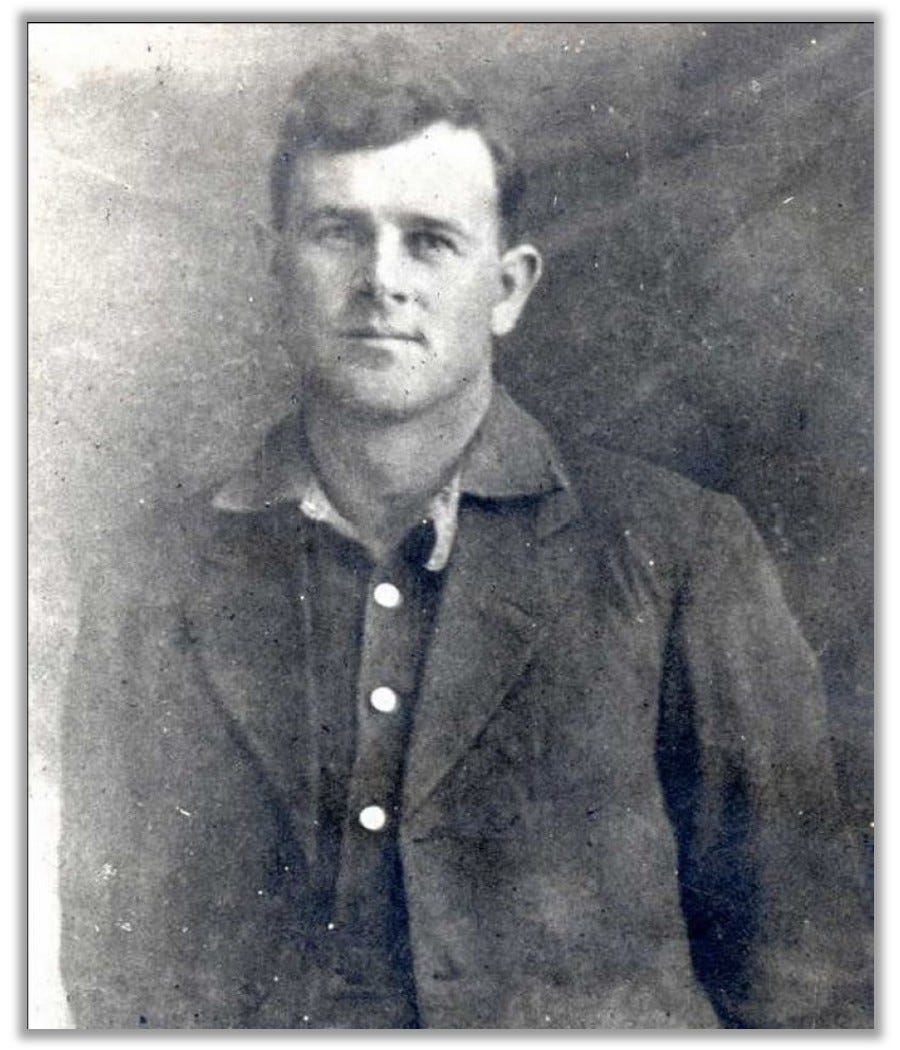Medal of Honor Monday: Milo Lemert
Someone was going to have to run through an open, exposed area to get to the enemy, and Lemert was just the man to do it.
On this day in 1918, a hero engages in an action that would earn him the Medal of Honor. September 29 also happened to be Milo Lemert’s first wedding anniversary with his wife, Nellie.
Perhaps it’s unsurprising that Lemert joined the military and became a hero? His father was a veteran from the Civil War era, and Lemert had reportedly been determined to follow in his father’s footsteps.
First Sergeant Lemert’s heroism came as he served with the 119th Infantry, 30th “Old Hickory” Division near Bellicourt, France. On that day, the Tennessee State Museum explains, the Old Hickory Division “smashed through one of the strongest defense systems in the entire theater of war, the famed Hindenburg Line.”
That line was heavily fortified, complete with trenches, concrete emplacements, and barbed wire. The zone was about 6,000 yards deep, and the Allies had been working to break it for several weeks.
That victory finally came on September 29, and Lemert was right in the thick of it.
Lemert’s fellow soldier Litton Thurman reported that Lemert took charge when his company’s officers were killed. “[W]ith coolness and courage,” Thurman concluded, “[he] led the command forward throughout the day.”
Lemert and his men were taking heavy hits, both from enemy machine guns and grenades. Someone was going to have to run through an open, exposed area to get to them, and Lemert was just the man to do it.
“Seeing that the left flank of his company was held up,” his Medal citation reports, “he located the enemy machine-gun emplacement, which had been causing heavy casualties. In the face of heavy fire he rushed it singlehandedly, killing the entire crew with grenades.”
But he didn’t stop with one emplacement. He’d soon taken out two more, single-handedly. He was working to take out a fourth emplacement when he took a mortal hit.
His actions saved the lives of many soldiers, including that of his own brother. Nathan Lemert was also serving with the Old Hickory Division, and he soon wrote their mother, telling her what had happened.
“There is no use to grieve, tho, Mama,” Nathan wrote. “He was willing and ready to go. He gave his life for his country and there wasn’t an ounce of cowardice in his big body. . . . He was right in the heaviest of the fighting, trying to keep the boys together and run out a [nest] of machine guns when a machine gun bullet got him through the body. His last words were, ‘I am finished, boys, give them hell.’”
We often talk about the Greatest Generation who fought in World War II, but maybe the boys who fought in World War I were pretty great, too.
Rest in peace, Sir.
Sources can always be found on my website, here.



Those serving in WWI were the examples the the Greatest Generation followed. They were the best and we would do well the learn and follow their lead today. Thanks Tara for an awesome MoH story this morning! 🙏❤️💪🇺🇲
A remarkable story of a man willing to risk himself to protect his own men. Thanks, Tara!